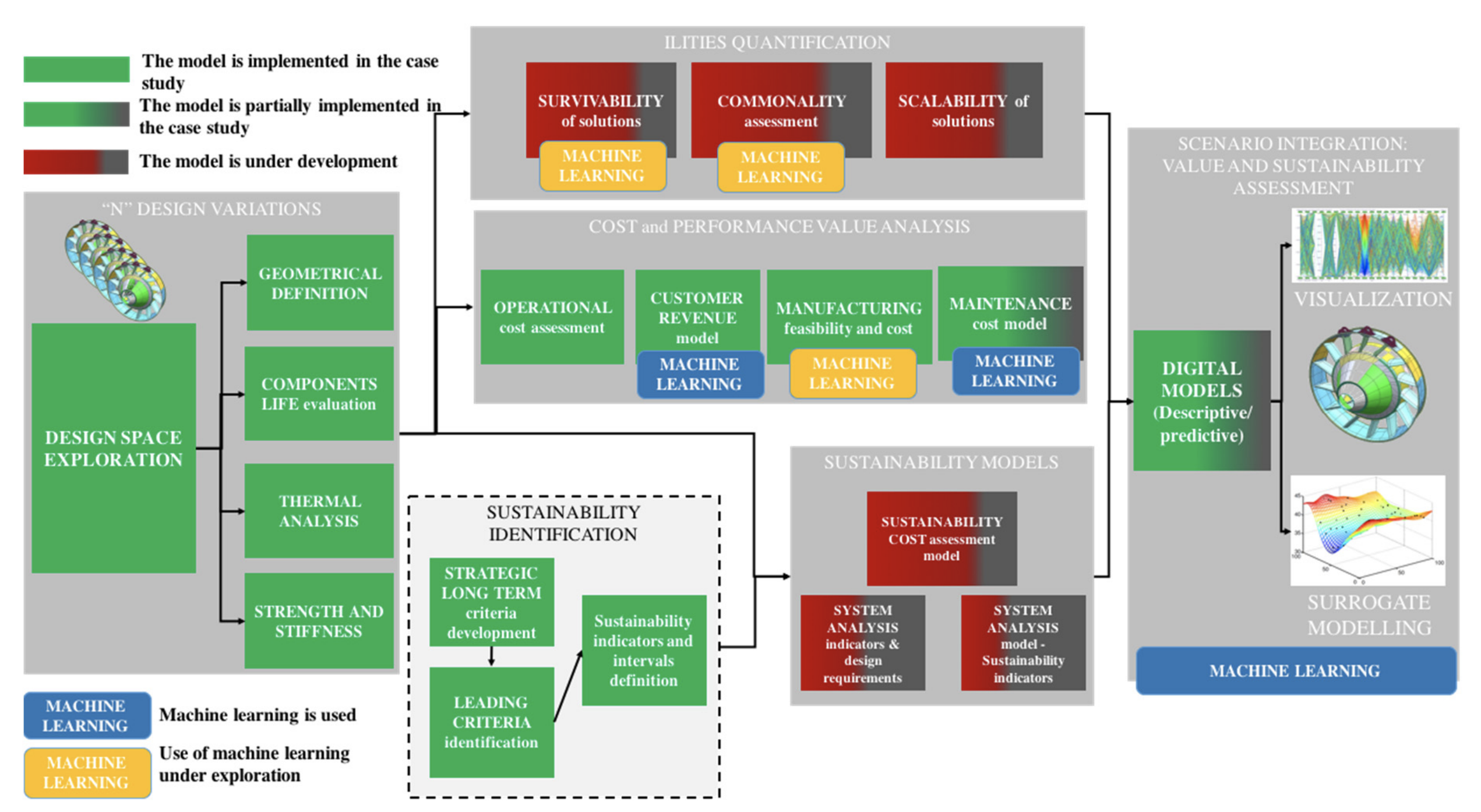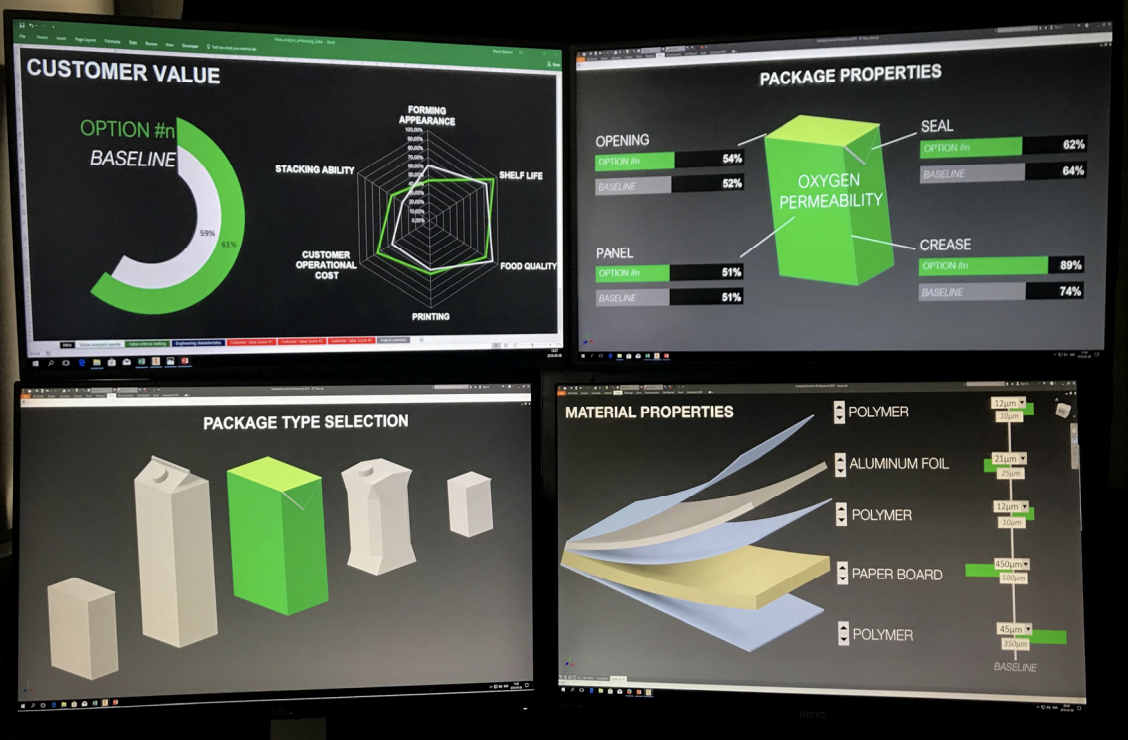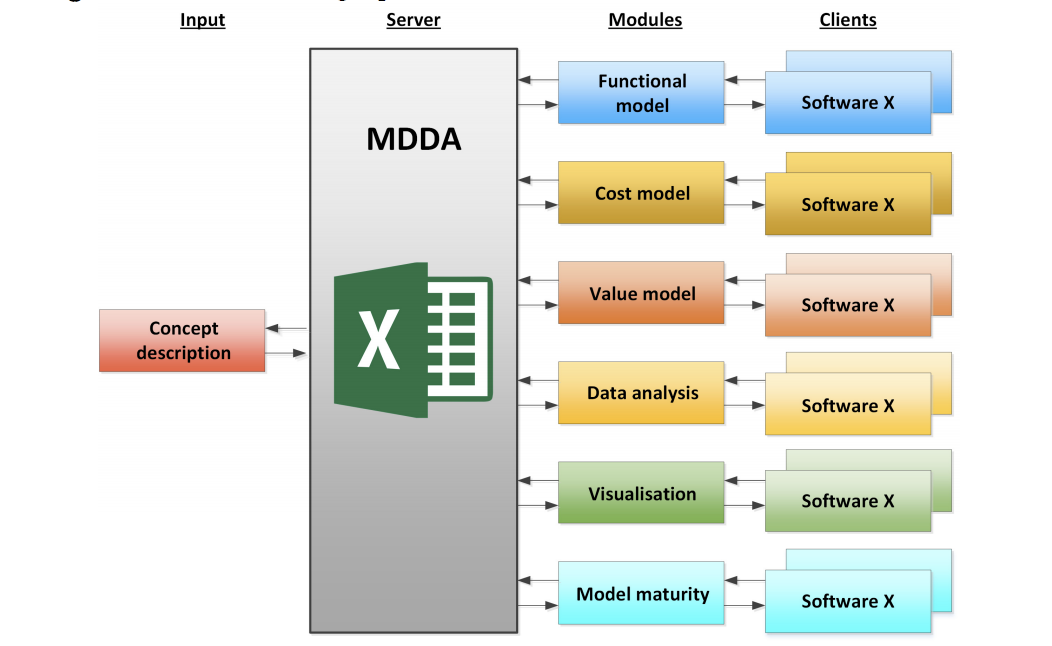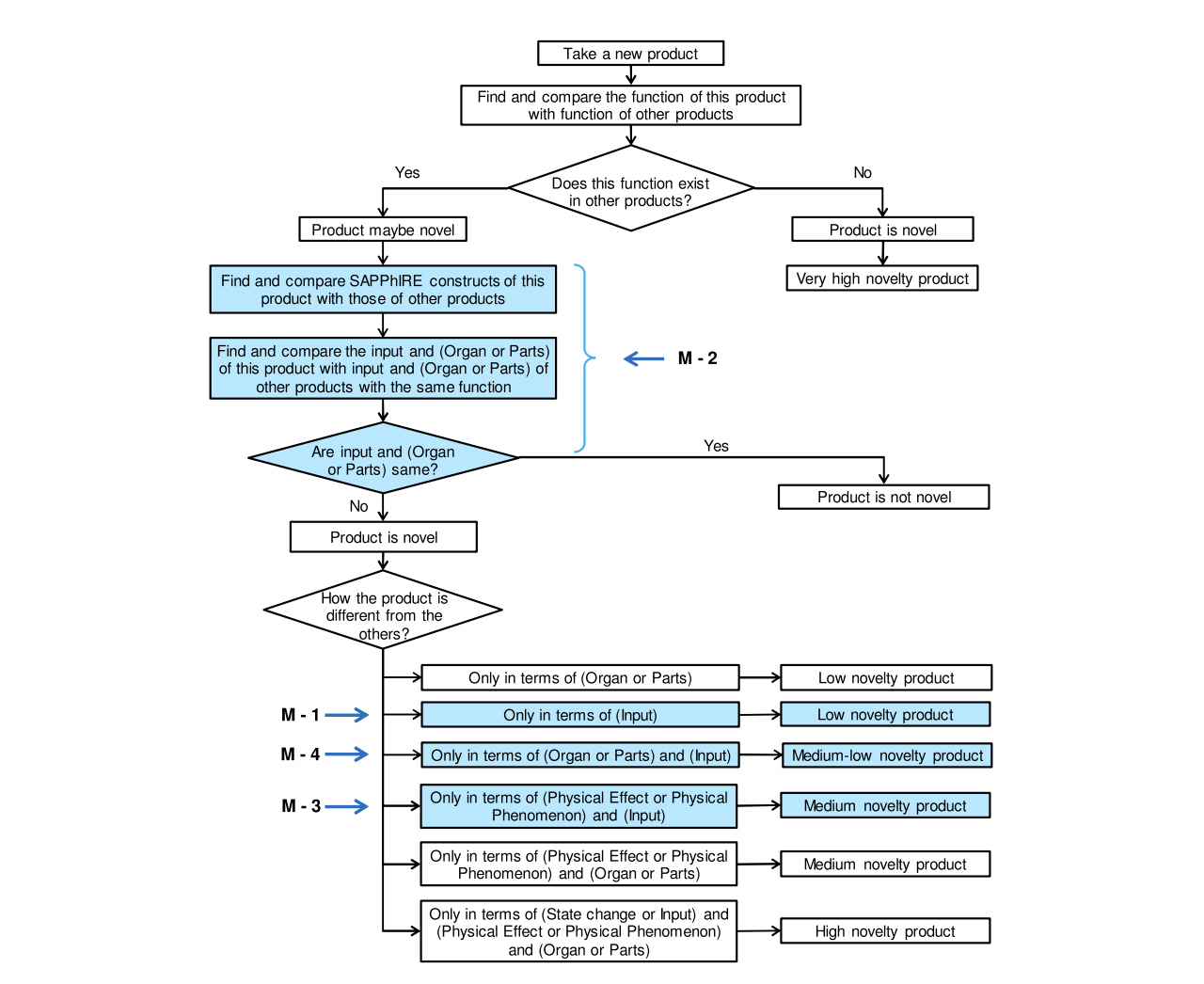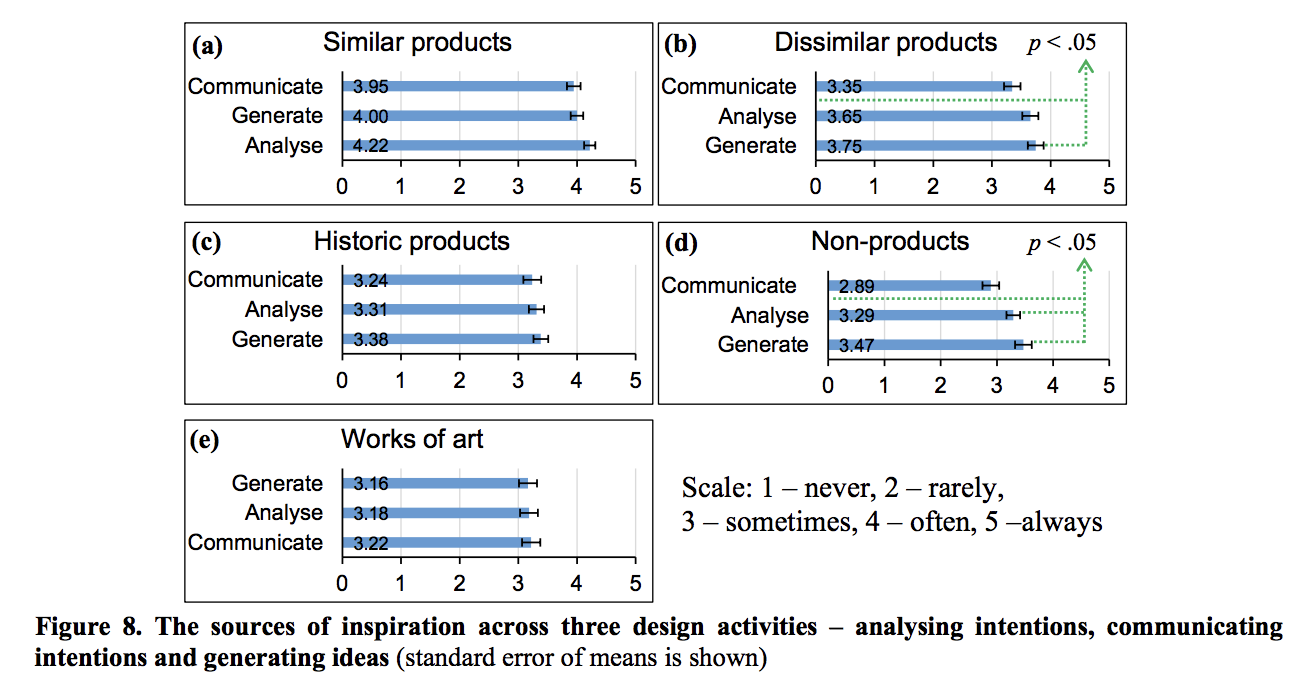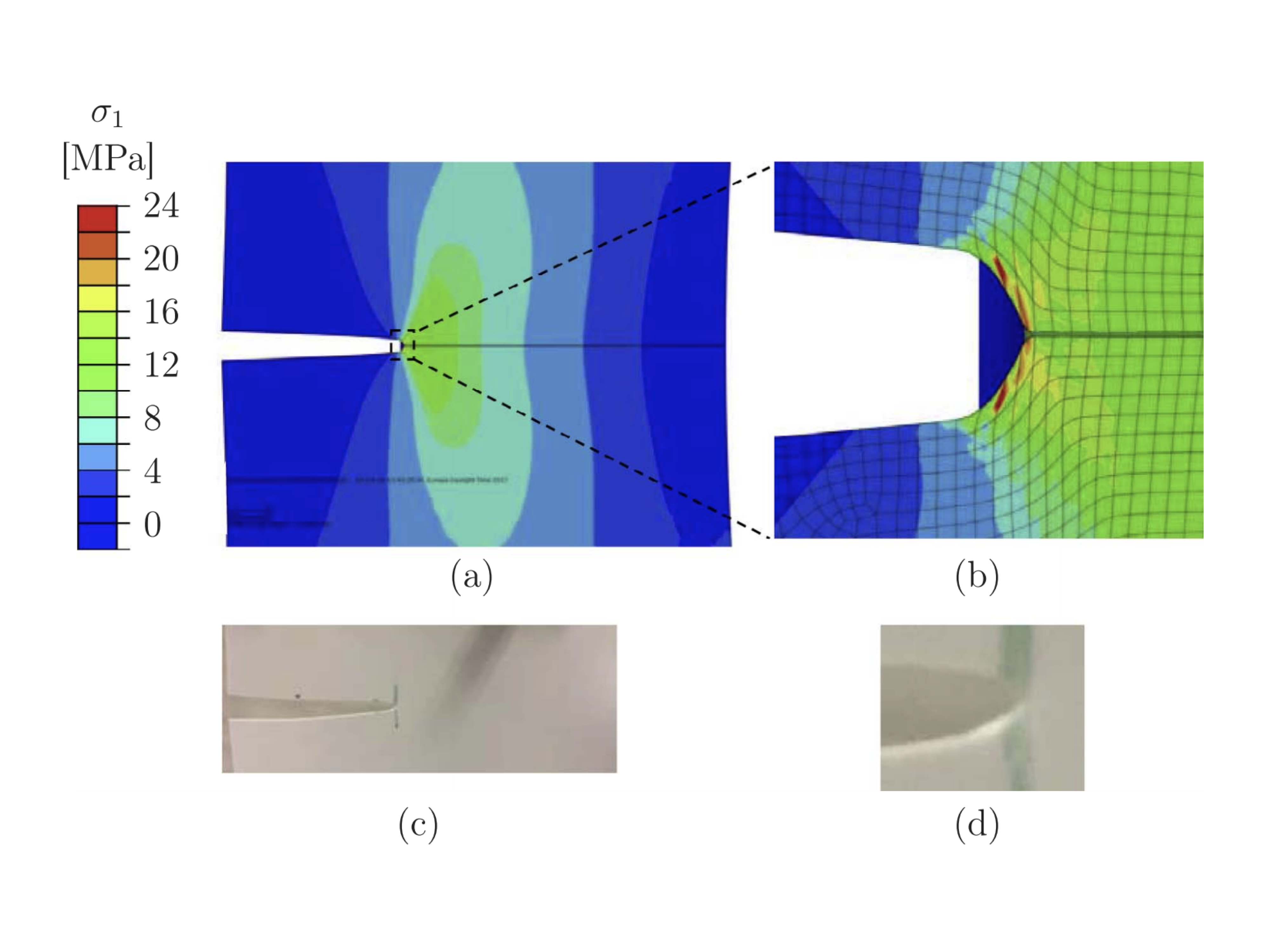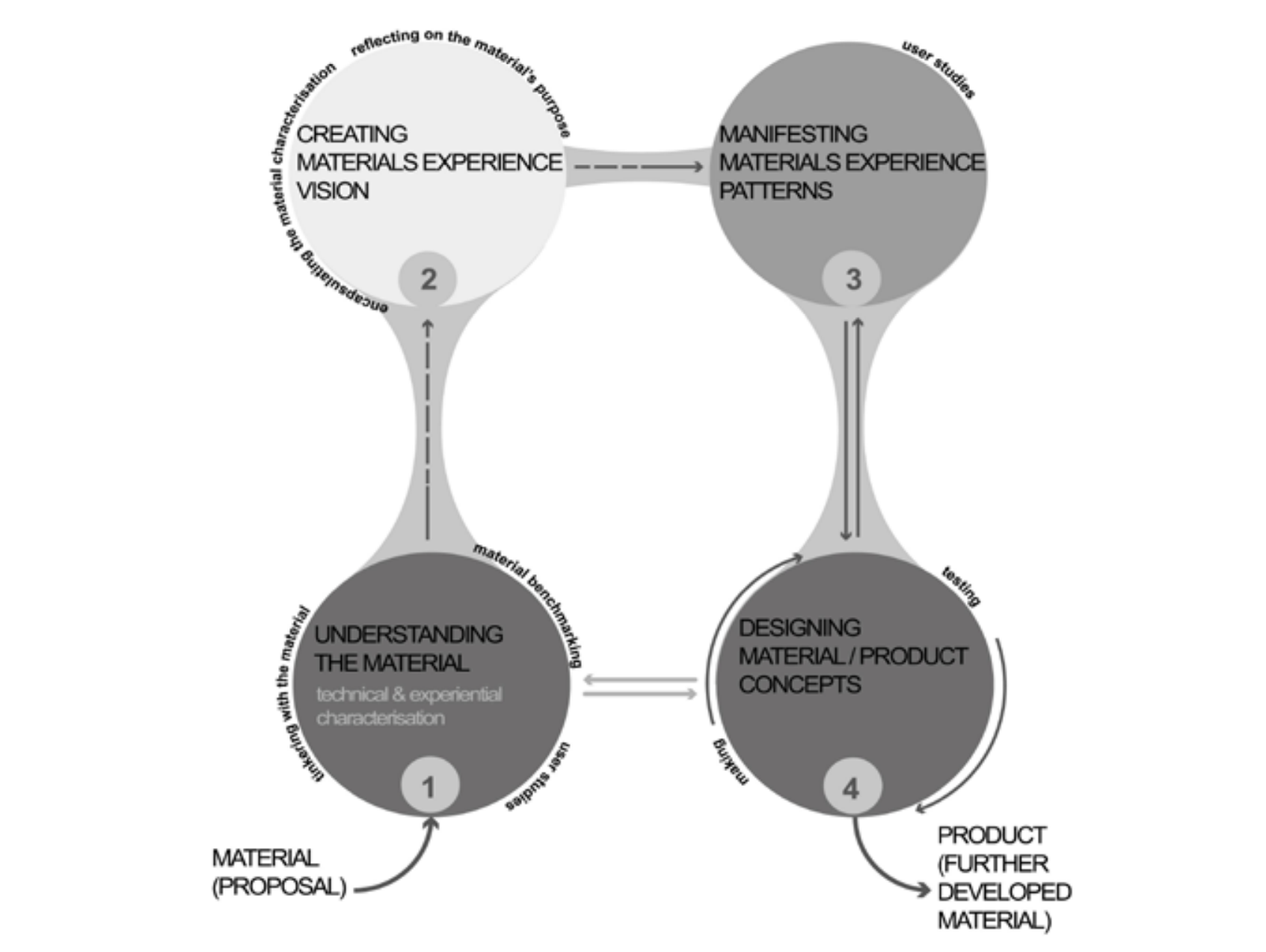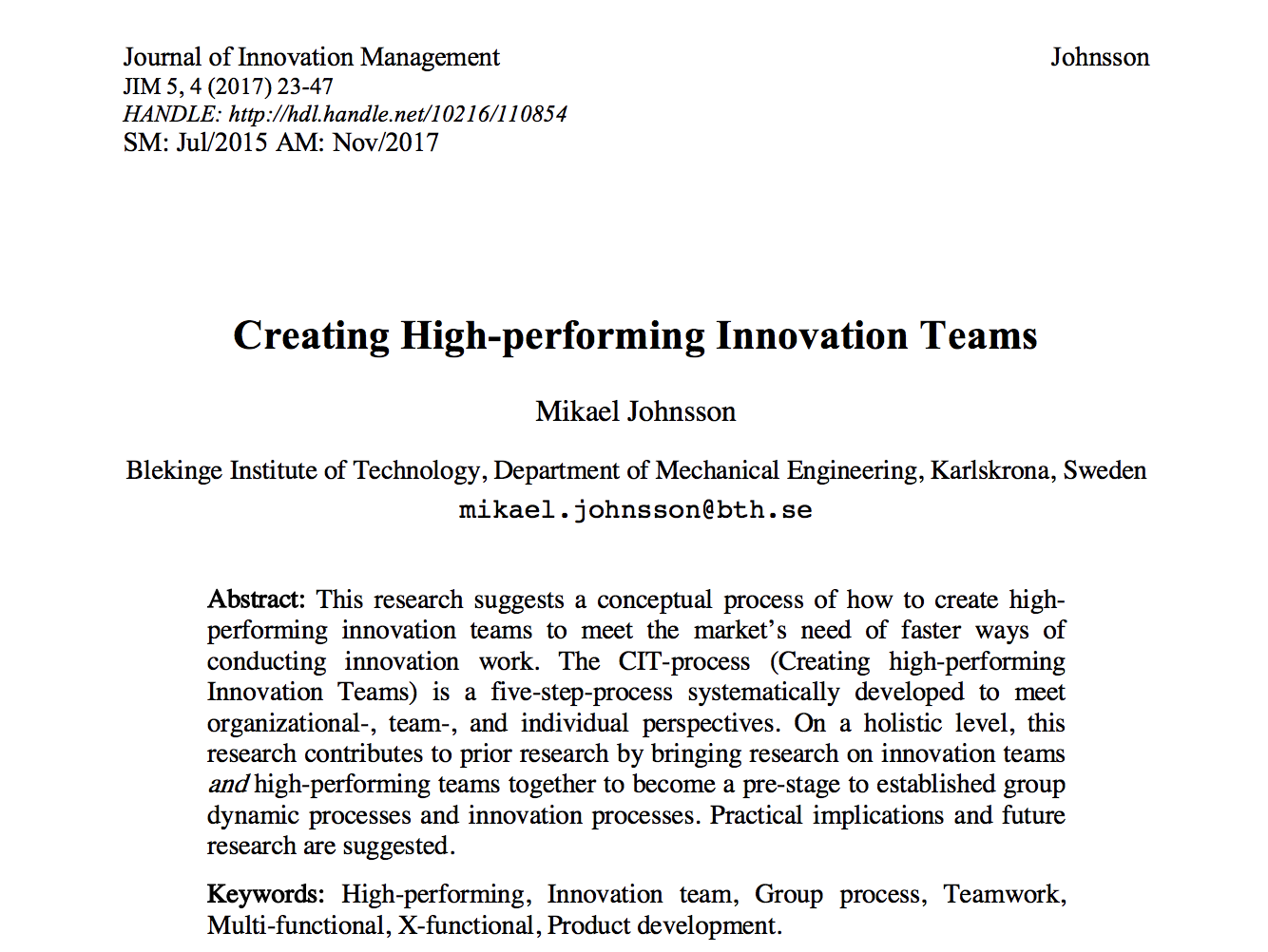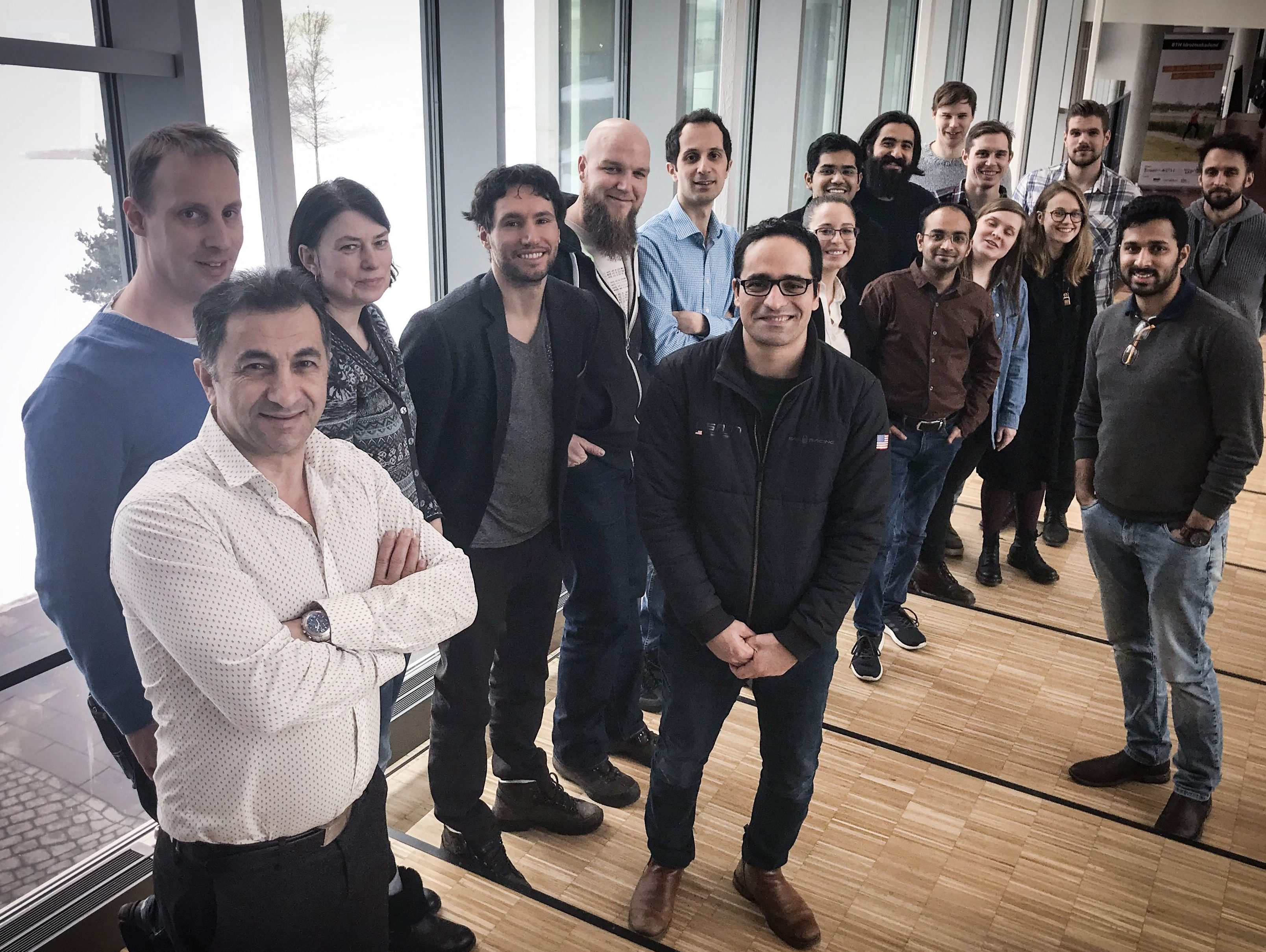ABSTRACT The concept of Decision Theatre (DT) is of great interest to leverage knowledge sharing in early stage design decision events. Yet, few contributions show how to configure a DT to support design space exploration and concept selection in cross-functional teams. This paper describes the development of a model-driven decision arena (MDDA) for aero-engine sub-system […]
Read More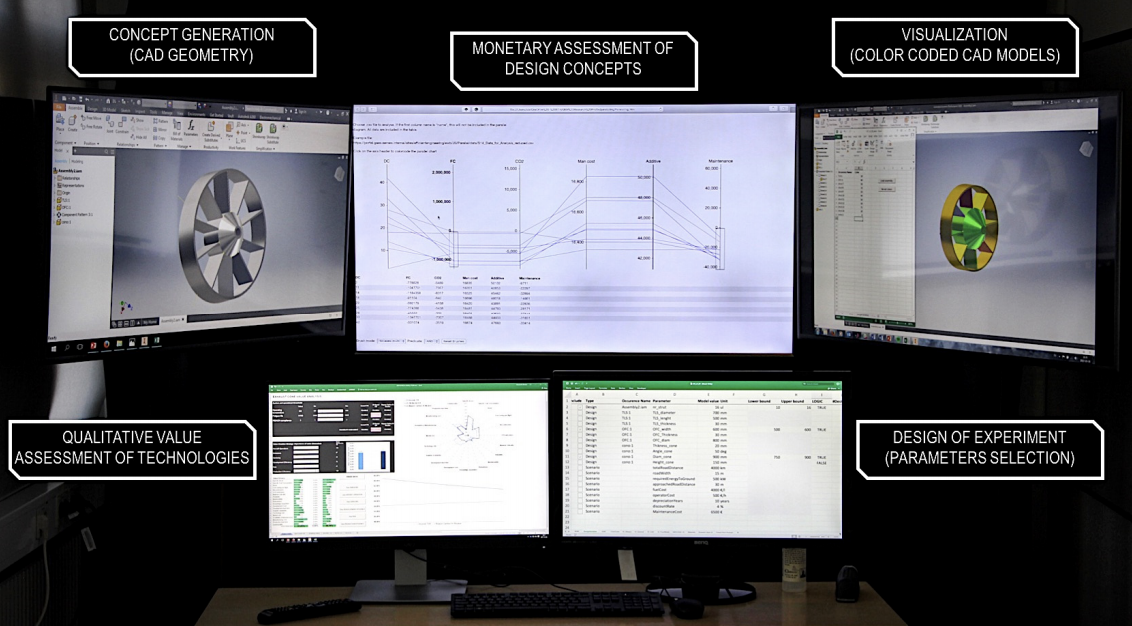
Model Driven Decision Arena: an aerospace study
- 25th May 2018
- 2 Comments

